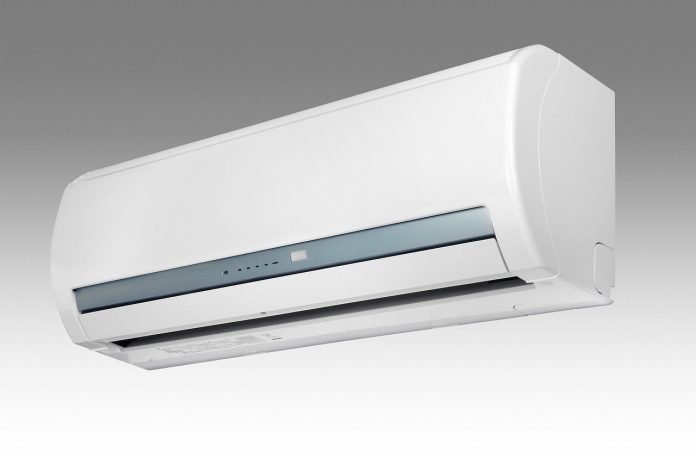
In a new study from the University of Oregon, researchers found ventilation and humidity key to indoor COVID-19 virus spread.
Over a period of two months, the team tested 11 students who had been diagnosed with COVID-19.
These students entered the unit one at a time and were invited to sit, stand, talk, talk loudly, cough on purpose, and walk on the treadmill during a three-day set of experiments.
Throughout the course of each study day, the researchers measured viral particles in the air and on surfaces as well as directly from the research participants’ noses and mouths.
The idea was to measure how virus particles move through the air, controlling for three variables: ventilation, filtration, and humidity.
They found those factors can strongly reduce the number of viral particles in the air inside buildings and should be prioritized to improve building health and safety.
The researchers found that increased viral load in nasal samples was associated with higher viral loads in the air and on surfaces in the room.
In addition, increased filtration and ventilation strongly reduced viral loads in the air and on surfaces.
And higher relative humidity reduced viral particles in the air by half, while leading to more viral particles on surfaces, where they are less likely to spread disease.
The most important result was that higher humidity caused viral particles to drop out of the air and onto surfaces.
Mid-range humidity, between 40 and 60 percent, is probably optimal for removing viral particles from the air.
If the air is too humid, it increases the risk of mold and very dry air allows dry particles to float longer. Humid air is also good for the human immune system because it helps keep mucous membranes healthy and moist.
The team says humidification and ventilation are both important for controlling viral particles in the air, but they may counteract each other.
Finding the right combination of ventilation and humidity may be the next problem to be studied.
If you care about COVID, please read studies that CBD from cannabis may inhibit COVID-19 infection, and this low-cost drug can treat COVID-19 effectively and safely.
For more information about health, please see recent studies about “super-antioxidant” that could revolutionize your health, and results showing omicron can be neutralized by a booster dose.
The study is published in Clinical Infectious Diseases and was conducted by Kevin Van Den Wymelenberg et al.
Copyright © 2022 Knowridge Science Report. All rights reserved.



